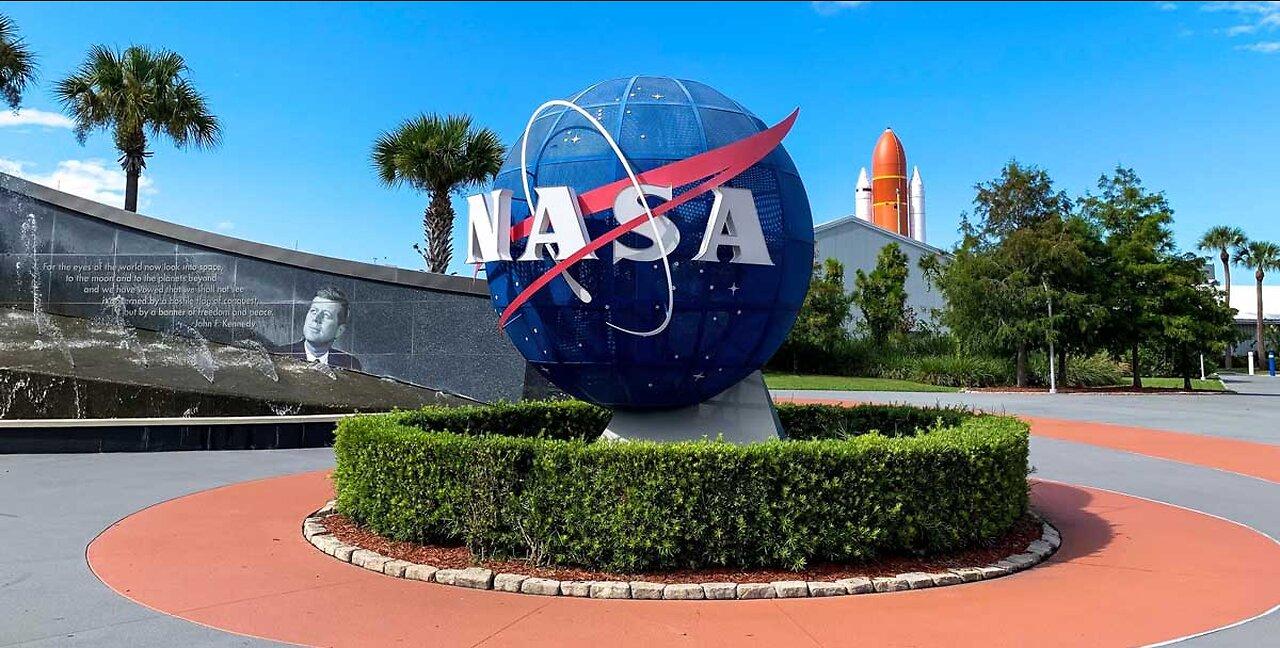
During the solar eclipse in 2017, several spacecraft and satellites captured unique and valuable data and images of the event.
NASA's Lunar Reconnaissance Orbiter (LRO), which orbits the moon, was able to observe the moon's shadow as it passed over Earth, providing insights into the geometry and dynamics of the eclipse.
The GOES-16 and GOES-17 satellites, operated by the National Oceanic and Atmospheric Administration (NOAA), also captured high-resolution images of the eclipse, helping to study the Earth's atmosphere and weather.
Additionally, NASA's Solar Dynamics Observatory (SDO) captured detailed images of the sun's corona during the eclipse, enabling scientists to study its structure and dynamics.
These observations and data provided valuable information for understanding our solar system and contributed to ongoing scientific research.

